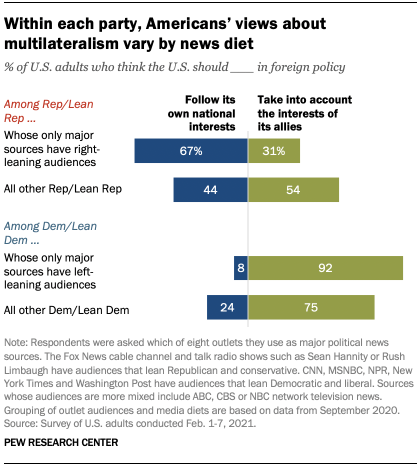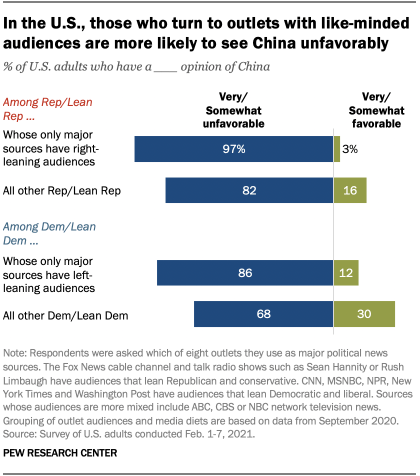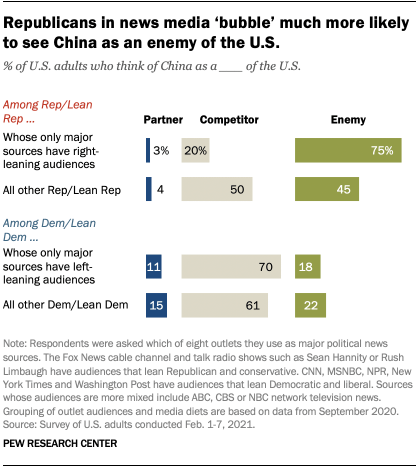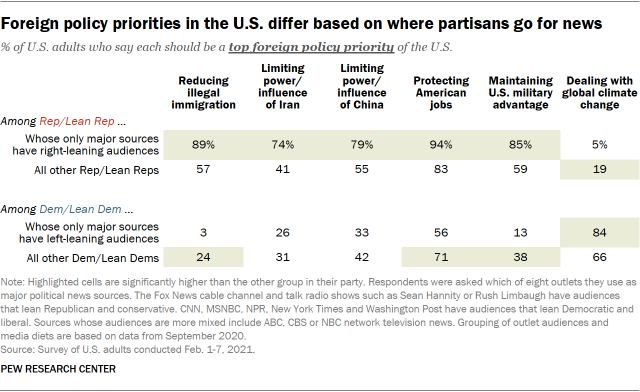Cross-Cultural Communication in Digital Media
Effective cross-cultural communication has become essential in today's interconnected media environment. International media organizations must navigate complex cultural sensitivities while maintaining journalistic integrity and accuracy. This requires deep understanding of local contexts, cultural nuances, and communication preferences across different regions and demographics.
Digital platforms have created new challenges and opportunities for cross-cultural media engagement. Social media algorithms can create echo chambers that limit exposure to diverse perspectives, while simultaneously providing unprecedented access to global voices and viewpoints. Media professionals must develop cultural competency skills to effectively communicate across these digital divides and foster meaningful international dialogue.
The implementation of multilingual content strategies and culturally adapted storytelling techniques has proven crucial for international media success. Organizations that invest in cultural training for their journalists and employ diverse editorial teams consistently produce more authentic and impactful international coverage that resonates with global audiences.




